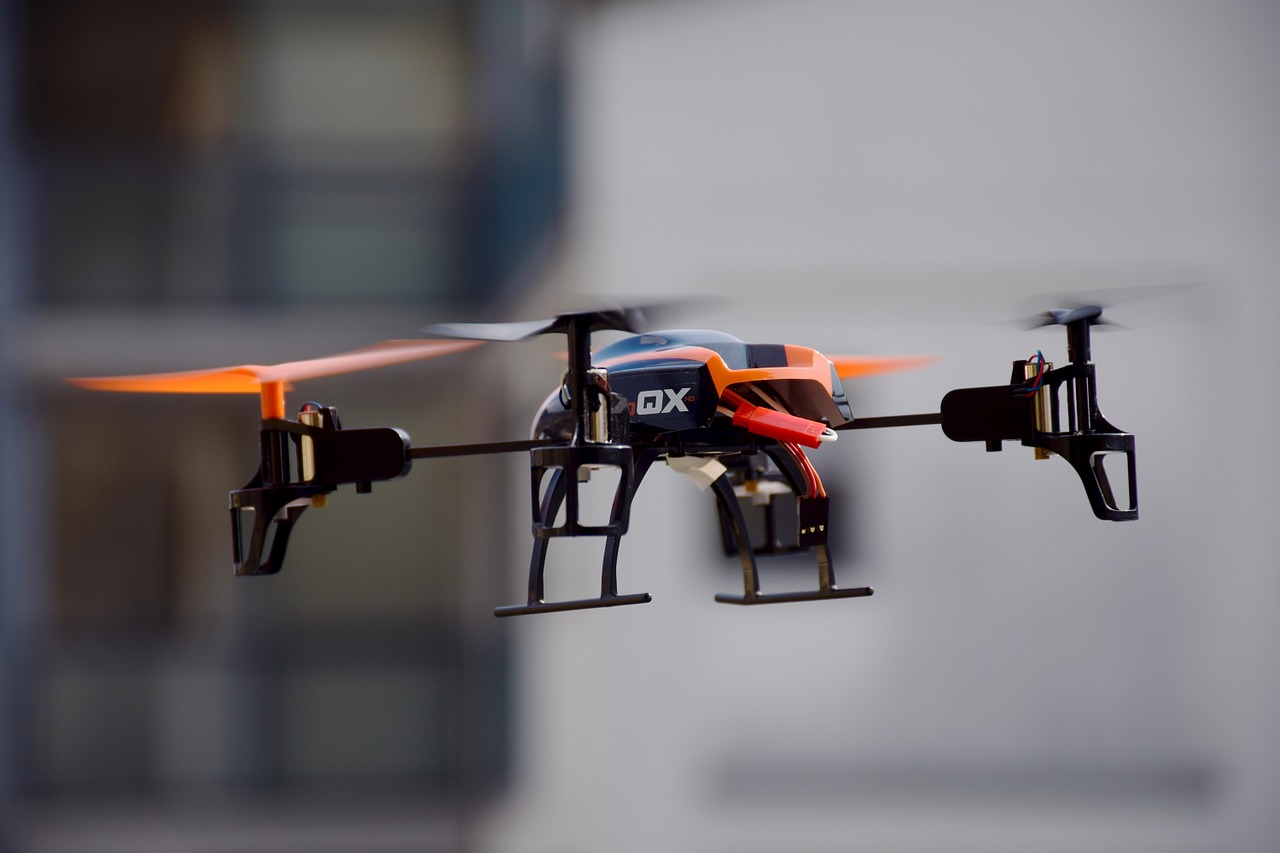The Use of Drones in Emergency and Disaster Response Operations
Disasters and emergencies can strike at any time, and quick and efficient response is critical to saving lives and minimizing damage. Drones equipped with advanced technology are increasingly being used in emergency and disaster response operations, offering several advantages and challenges.
Advantages of Using Drones in Emergency and Disaster Response Operations:
- Improved Situational Awareness Drones equipped with cameras and other sensors can provide real-time aerial views of disaster zones, giving responders a better understanding of the situation on the ground. This information can be used to make more informed decisions and allocate resources more efficiently.
- Faster Response Time Drones can quickly cover large areas and reach remote locations that might be difficult or impossible for ground-based responders to access. This can help speed up response times, allowing emergency services to reach those in need more quickly.
- Cost-Effective Solution Drones can be a cost-effective solution for emergency response operations, as they can be deployed quickly and without the need for a large team of responders. In addition, they can also save on costs associated with ground-based search and rescue operations, as they can cover more ground in a shorter amount of time.
Challenges of Using Drones in Emergency and Disaster Response Operations:
- Technical Challenges Drones can be affected by severe weather conditions and other environmental factors, making it difficult for them to operate effectively in disaster zones. In addition, drones may also struggle to communicate with ground-based control systems in areas with limited or no connectivity.
- Privacy and Security Concerns The use of drones in disaster zones raises privacy and security concerns, as drones equipped with cameras and other sensors can capture sensitive information and images. This information can also be intercepted by unauthorized third parties, posing a security risk.
- Regulatory Challenges The use of drones in emergency and disaster response operations is subject to strict regulations, which can impact their deployment and use. This includes restrictions on flight paths, altitude, and airspace access, as well as privacy and security regulations.
Conclusion:
In conclusion, the use of drones in emergency and disaster response operations offers several advantages, including improved situational awareness, faster response times, and cost-effectiveness. However, the use of drones in these situations also presents challenges, including technical difficulties, privacy and security concerns, and regulatory restrictions. Despite these challenges, the use of drones in emergency and disaster response operations is a rapidly growing trend, and will continue to play an important role in saving lives and minimizing damage in the future.




